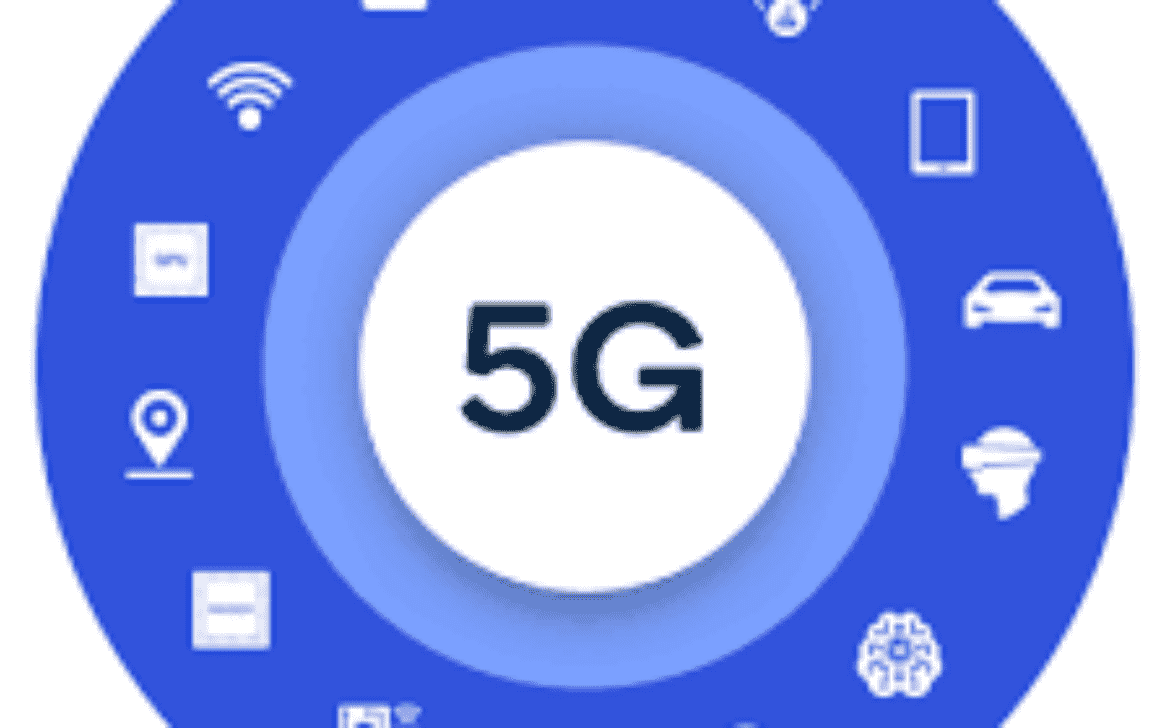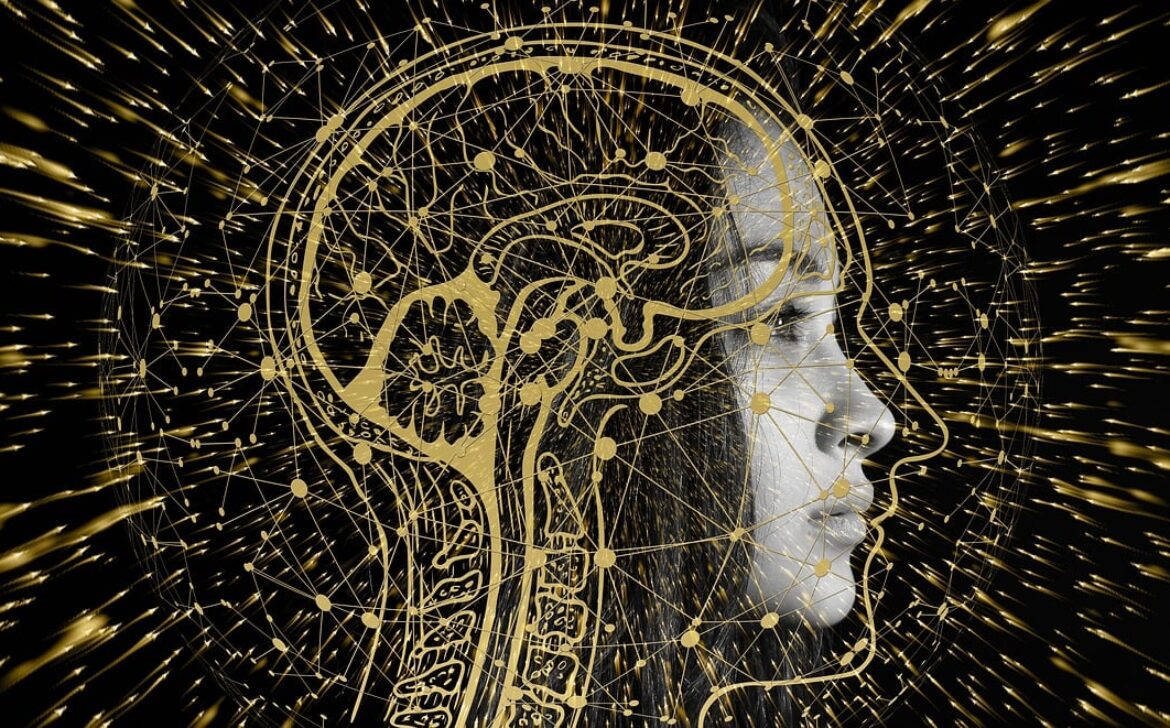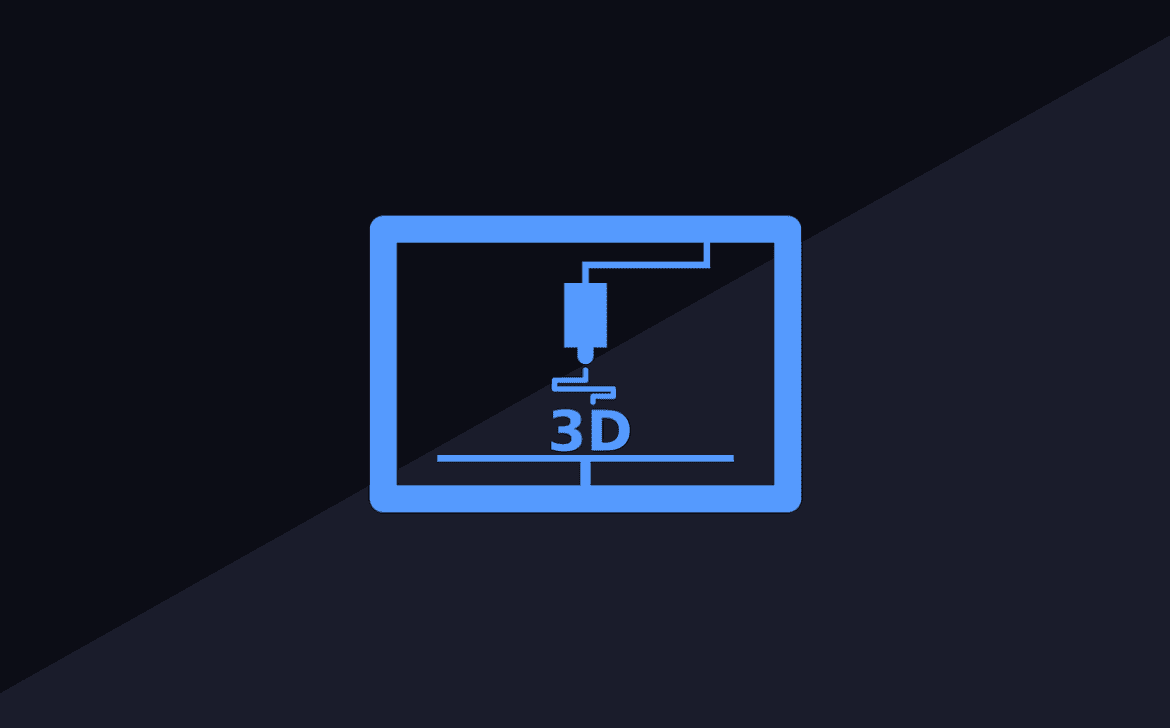Zero Trust Security: Rethinking Cyber Defense in the Digital Age

In an era where cyber threats are more sophisticated and relentless than ever, traditional security models that rely on perimeter defenses are no longer sufficient. Enter Zero Trust Security—a revolutionary approach that challenges the old notion of “trust but verify” and redefines the way we protect our digital assets. In this blog post, we’ll delve into the concept of Zero Trust Security, its core principles, and the benefits it offers in safeguarding our increasingly interconnected world.
Understanding Zero Trust Security: A Paradigm Shift
Zero Trust Security is a cybersecurity framework built on the principle of “never trust, always verify.” Unlike traditional models that establish a trusted perimeter and allow unrestricted access once inside, Zero Trust operates under the assumption that threats can originate both externally and internally. Consequently, no entity—whether a user, device, or application—is automatically trusted, and each interaction is subject to continuous verification.
Core Principles of Zero Trust Security
- Least Privilege: Users and devices are granted the minimum level of access required to perform their tasks. This reduces the attack surface and limits potential damage in case of a breach.
- Micro-Segmentation: Networks are divided into smaller segments to isolate critical assets and minimize lateral movement in case of a breach.
- Continuous Monitoring: All activities are monitored in real-time, allowing for quick detection of anomalies and unauthorized behavior.
- Access Control: Access is granted based on the principle of “need-to-know” rather than broad permissions. Authentication and authorization occur at every step.
- Encryption: Data is encrypted both at rest and in transit to protect sensitive information from interception.
Benefits of Zero Trust Security
- Enhanced Data Privacy: By restricting access to sensitive data, Zero Trust minimizes the risk of data breaches and unauthorized data exposure.
- Reduced Attack Surface: Micro-segmentation limits lateral movement within networks, containing breaches and preventing attackers from gaining full control.
- Improved Incident Response: Real-time monitoring and continuous verification facilitate rapid detection of breaches and swift response to potential threats.
- Flexibility and Mobility: Zero Trust enables secure access from various devices and locations, accommodating the demands of today’s remote and mobile workforce.
- Mitigation of Insider Threats: Even trusted insiders are subject to the same verification process, reducing the risk of insider attacks.
Implementing Zero Trust Security
Transitioning to a Zero Trust model involves a strategic approach and careful planning:
- Identify Critical Assets: Determine which data and applications are most valuable and need the highest level of protection.
- Map Data Flows: Understand how data moves through your network to identify potential vulnerabilities and points of entry.
- Implement Access Controls: Implement strict access controls based on the principle of least privilege. Users should only have access to the resources necessary for their roles.
- Micro-Segmentation: Segment your network into isolated zones to prevent lateral movement by attackers.
- Authentication and Authorization: Enforce multi-factor authentication (MFA) and strong password policies. Authenticate and authorize users and devices at every stage.
- Continuous Monitoring: Employ advanced threat detection tools to monitor activities in real-time and detect any unusual behavior.
Challenges and Considerations
While Zero Trust Security offers substantial benefits, its implementation can pose challenges:
- Complexity: Transitioning to Zero Trust may require a significant overhaul of existing security architectures.
- User Experience: Balancing security with user convenience is crucial to prevent hindrance to productivity.
- Adoption Phases: Organizations may need to implement Zero Trust gradually, focusing on high-priority areas first.

























